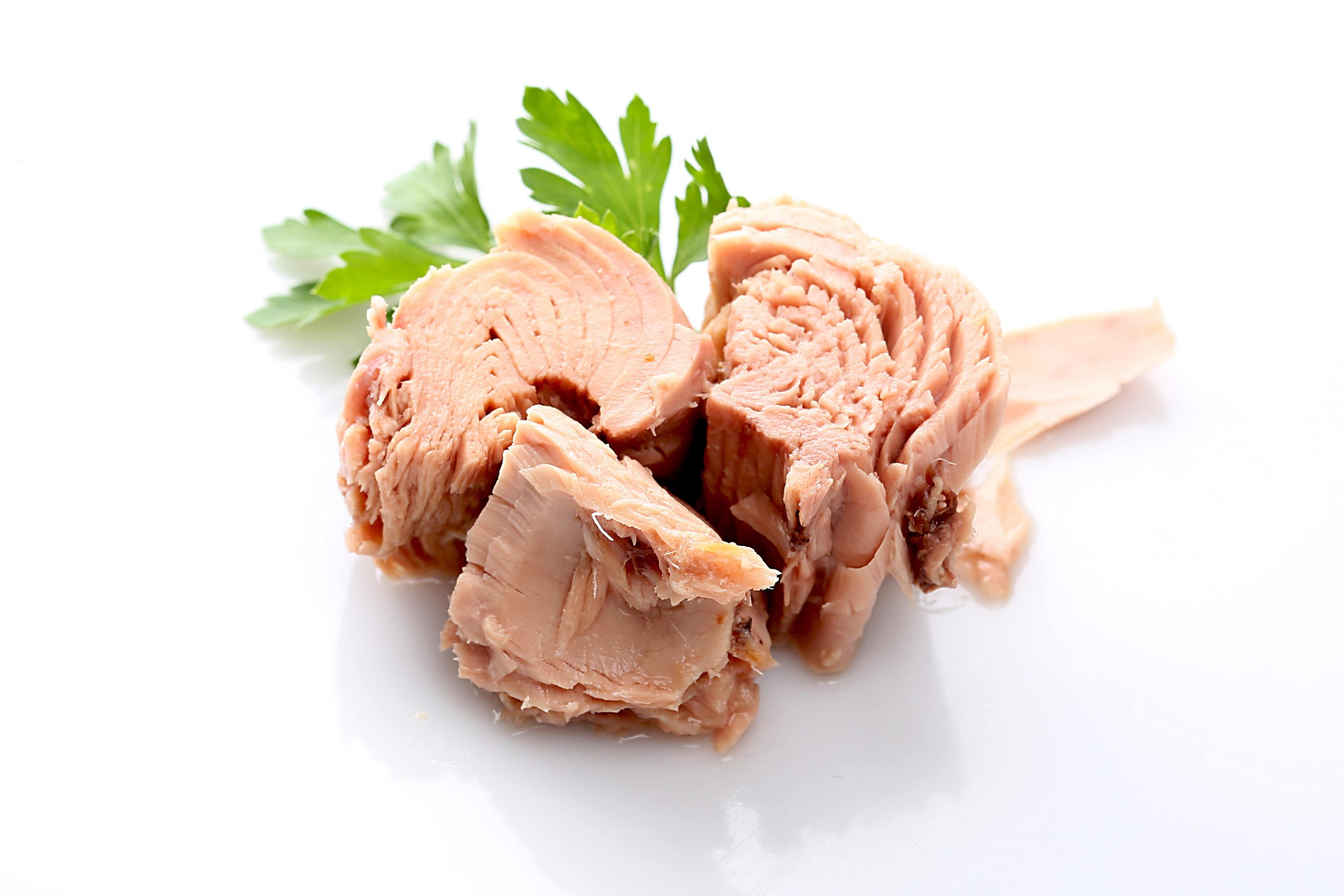Canned tuna is a whole pack of dependable protein serving in your pantry and knowing whether it is safe or not for you is important.
In many households, canned tuna is a must-do on the pantry shelf. Not only is canned tuna a great source of protein, but it is quite versatile, and you can enjoy it in several ways. What’s more, canned tuna is cheap; you don’t have to pay a fortune to get it. As if that’s not enough, canned tuna can last for years in your pantry, and you still will enjoy it in its peak quality upon preparing it. However, is it safe for you? What are its benefits? Are there any downsides with it? Find the answers to these questions in this article.
The nutritional profile of tuna
Understanding the nutritional profile of various forms of tuna helps you understand this source of protein best. There may be slight differences between fresh and canned tuna packed in water, but the differences between canned tuna packed in water and oil are significant. See the table below for comparison;
| Fresh Tuna | Canned Tuna, in Oil | Canned Tuna, in Water | |
| Calories | 31 | 56 | 24 |
| Saturated Fats | less than 0.5g | less than 1g | less than 0.5g |
| Total Fats | less than 1 gram | 2 grams | less than 1 gram |
| Cholesterol | 11 mg | 5 mg | 10 mg |
| Omega- 3 | DHA: 25 mg EPA: 3 mg | DHA: 29 mg EPA: 8 mg | DHA: 56 mg EPA: 8 mg |
| Protein | 7g | 8g | 6g |
| Sodium | 13 mg | 118 mg | 70 mg |
The table above clearly shows that while canned tuna is higher in sodium than fresh tuna, canned tuna in water is the lowest in calories, followed by fresh tuna. On the other hand, if you want to have better cognitive ability and eyesight, you need to focus on canned tuna in water since it has the highest levels of DHA. When it comes to vitamins and essential minerals such as iodine and selenium, both canned and fresh tuna are good.
Incredible benefits of canned tuna
Having studied the nutritional profile of tuna, it’s now time to learn about the benefits you accrue by taking canned tuna. These include;
a) A good source of protein
Lean protein is a healthy form of protein, and you get this from canned tuna. Canned tuna is also rich in amino acids, the building blocks of proteins. You need both proteins and amino acids to build muscles and facilitate cellular growth. What’s more, canned tuna in water is low in calories and fats (24 and 7g, respectively).
b) Provides you with omega-3s
When we hear people talk about omega-3, we often think about flaxseed and such unicorn foods. Still, you can get omega-3 from a simple tuna salad. Admittedly, omega-2 is incredibly beneficial for your internal systems. For you to have good eyesight and brain functionality, you need DHA, a form of omega-3. Canned tuna in water has about 56mg of DHA, which is close to what you need daily.
c) Convenient for storage, buying, and use
Canned tuna is one food you conveniently buy on the reg, and you will have reason to cry over your spent pence. Remember, it’s already cooked. Therefore, you can be simple and do it with a cracker or spice it the way you want. What’s more, you will have canned tuna on your pantry shelf for years before it goes stale. In addition, canned tuna is easy to store, and it takes only a little space on your pantry. You only have to arrange them on stacks and maximize storage space.
d) A solid source of vitamin D and selenium
Vitamin D is incredibly important to you, especially for lowering the risk of diabetes and for strong bone formation. Supplementing with 2000-4000 IU of sunlight meets your daily needs. Still, dietary sources such as canned tuna provide about 1.5mg (10% of RDI) of vitamin D. The endocrine, reproductive, and immune health need selenium, whose up to 167% RDI can be found in canned tuna. Focus on yellowfin tuna or light tuna for more selenium since white tuna has the lowest selenium levels.
Downsides of canned tuna
Despite the advantages above, there are concerns about consuming canned tuna. These include;
a) Mercury in tuna
Tuna feed on small fish, which likely have mercury. Mercury consumption is a concern with all fish due to water contamination with mercury, but the risk is higher in tuna. This is because tuna feed on other fish, so biomagnification leads to more concentration in tuna. Albacore and bigeye are large tuna fish with higher mercury levels, while skipjack and light tuna are small tuna and do not feed on other fish, making them lower in mercury. Most canned tuna is made of skipjack and light tuna; hence the risk of mercury contamination is slightly reduced.
b) Sustainability
The other concern with canned tuna is sustainability. Many people eat tuna because it’s popular, which puts the fish at risk of overfishing. Studies show that the yellowfin Indian Ocean and blue-eyed West Pacific tuna are great targets and may face overexploitation. While buying your canned fish, check for MSC certification. MSC stands for Marine Stewardship Council and is an NGO that certifies canned tuna with fished with sustainable practices.
Recommended amounts of canned tuna for adults, children, breastfeeding, and pregnant women
Since tuna (including canned tuna) is mercury fish, USDA and FDA recommend that you don’t exceed that recommended amount to avoid adverse effects of mercury concentration. The recommended amount of canned albacore is 113g once a week and 28g at most thrice a week for adults and children, respectively. For children, the amount applies to those between 2 and 10years. Studies have no recommendations for children under 2years, and it might be best to avoid giving children tuna while they are in their early years of life. Pregnant and breastfeeding women need to avoid high-mercury fish. If they have to eat tuna, they must avoid the big ones like bigeye and albacore and focus on 113g per week of skipjack and light tuna.
Conclusion
Canned tuna is a popular pantry item in most households. It has many benefits, including being a great source of proteins, selenium, vitamin D, and omega-3s. Still, there are concerns with its consumption, including biomagnification of mercury and sustainability issues. When buying canned tuna, check for MSC certification for sustainable practices and do more skipjack and light tuna.
- Our Big Kitchen’ (OBK) is a non-profit organization located in Sydney, Australia - April 10, 2023
- Duos CBD, a hemp product E-commerce website - April 10, 2023
- SOFA SPOONING SEX POSITION - April 7, 2023









